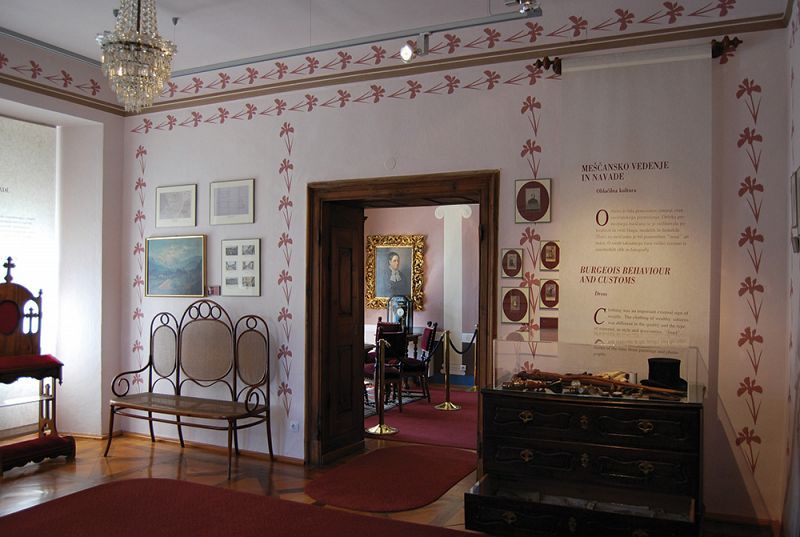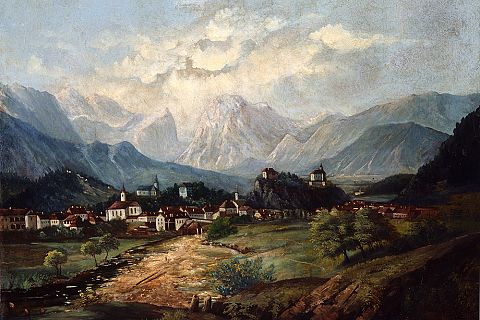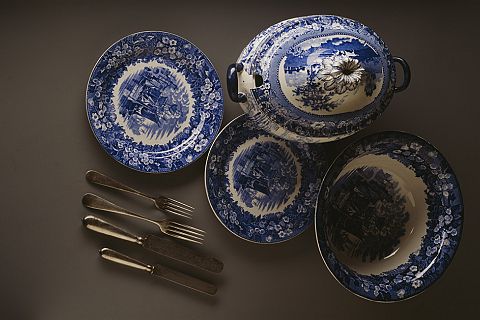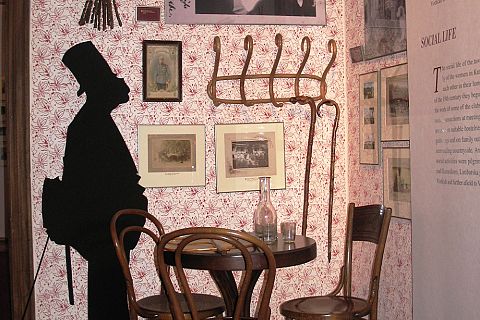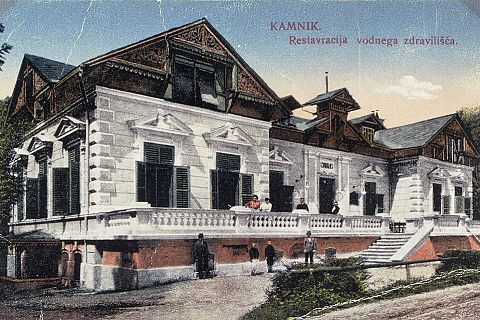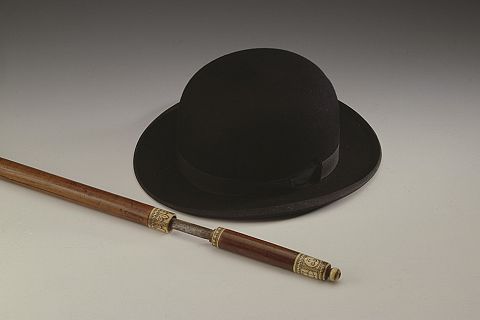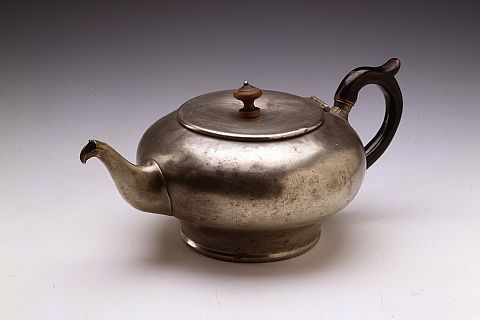- Info MM:K
Contact
Muzejska Pot 3, 1241 Kamnik, Slovenia
+386 (0)1 8317 662
info@muzejkamnik.siDŠ: 92474519
MŠ: 5095417000
TRR: SI56 0110 0600 0057 156Opening hours MM:K
Opening hours for visitors:
Tuesday-Saturday: 10.00 – 18.00,
Sunday, Monday and holidays: closedMuseum – Zaprice Castle and Miha Maleš Gallery are from 5.5. until 8.9. 2024 also open on Sundays from 10 a.m. to 2 p.m.
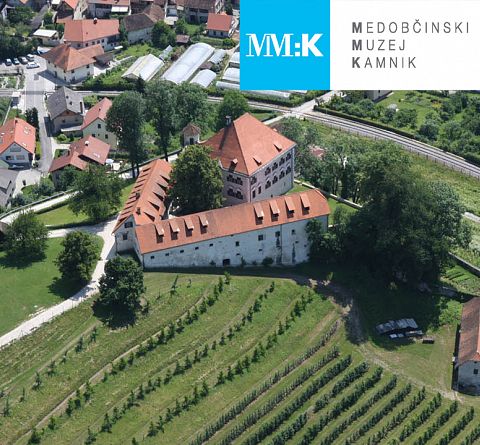
- Events & News
- Exhibitions
- Units
- Collections
- Education
- Shop
- About MM:K
Kamnik bourgeoisie in the 19th century
The exhibition gives an insight into various aspects of the everyday life of the Kamnik bourgeoisie in the 19th century. In those days the city was the centre of Kamnik’s political district. In Kamnik there were the headquarters of the district board, the district court and other district offices. In the 1869 the city had a population of 2452. The most successful and profitable businesses were shops and inns.
Besides the smaller craft workshops, Kamnik also had some bigger workshops, even factories, like Schnabl’s factory for fine ceramics, Julij Stare’s factory where they made vinegar and liquor, and Prašnikar’s health spa and resort, which was very well known to the Austrian monarchy. There was great progress in living conditions from plumbing installation in 1888 and electricity in 1912.
Social life was also very diverse. In 1892 there were 19 different societies, and there were even more new ones after 1900. To name some examples: Sokol gymnastic society was founded in 1904, Orel gymnastic society in 1907, a society for children and youth was founded in 1911, etc. The societies that have the longest tradition are the national reading society (Narodna čitalnica) founded in 1868, the first choral society (Lira) and the fire department from 1882, and a branch of the Slovenian Mountaineering Society from 1893.
Some of the most important and significant rituals for strengthening ties between family members, friends and even business partners were christenings, weddings, and also funerals. They chose godfathers who were able to protect the child and also help the whole family. The appropriate marriage was also of vital importance. Belonging to bourgeoisie society was revealed through particular behaviour patterns and attitude. Among these there was an organized family life, appropriate house interior, nice clothing and better food. This is how they professed their status to the outside world.



